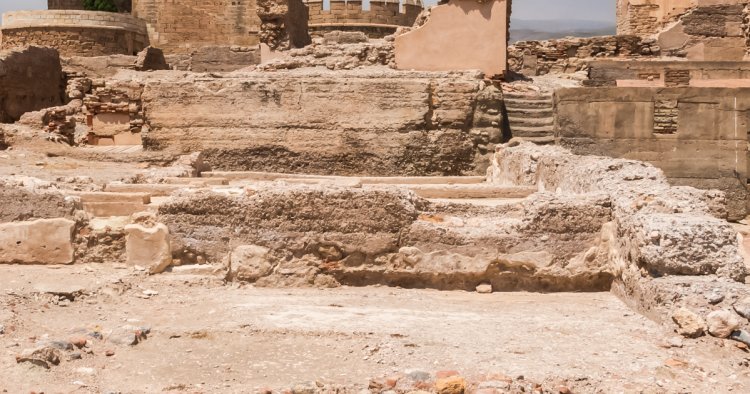Archeologists working in Mexico report an extraordinary find — a collection of bones that could date from the sixth century A.D.
The bones were first discovered by a construction company working in the town of Pozo de Ibarra.
The bones appear to have been buried haphazardly as if they were thrown on top of each other in a pit, but experts argue the body placement indicates a complex burial tradition.
The National Institute of Anthropology and History (INAH) has not yet confirmed precise dating for the bones, but has noted they come from the pre-Colombian era.
Many of the skulls reportedly showed “cranial modification,” which a spokesperson for INAH speculated had been done for “aesthetic purposes,” according to a report in Fox News.
Last February, Mexican archeologists found a cache of skulls — thought to be the remains of sacrificial victims.
A translated excerpt from the INAH report stated: “It is a funerary system composed of a primary burial, that is, the skeleton maintains the anatomical relationship, accompanied by a concentration of human bone remains deposited without anatomical relationship, which has a particular arrangement.”
The INAH report added: “It was identified that long bones, such as femurs, tibias, rays and ulnae, were carefully placed in a specific sector. Similarly, the skulls were intentionally grouped, some even stacked on top of each other, in another sector of the ossuary.”
The INAH referred to the discovery as being “exceptional,” stating that it enriches the field of archeology in Mexico.
“This archaeological find is exceptional, since there are no precedents for this type of burial in other nearby sites, and it enriches the understanding of funerary practices in the region. In addition, it encourages collaboration between the different INAH bodies for the protection, research, conservation, and dissemination of heritage.”
Providing additional information on the possible age and culture associated with the find, the INAH said: “The discovery is possibly related to the Amapa cultural phase (500-800/850 AD) because ceramic vessels and anthropomorphic figurines from that period were also recovered.”


Leave a Comment